Tip: Choosing a Power Drill

- No trailing power cord to fall over giving freedom to work anywhere without a power source
- Can be used for driving screws
- No danger of electrocution
- Chuck slips if drill bit gets stuck, so no danger of burning out motor
- Not as powerful as a corded drill
- Expensive
- If you don't have a spare charged battery, you have to wait for battery to charge
- Inexpensive
- Lots of power so can be used for drilling large and/or deep holes
- Cord needs to be plugged into a power source so this can be inconvenient when working in awkward spaces or on a height.
- The cord can also be cut or be tripped over.
Related Discussions
Tip: Get rid of the dreaded ring in the toilet!
Easy Peasy to get rid of! Next time you visit your local Dollar store - pick up a pumice stone ( normally used on your feet to remove unsightly rough skin ) Be sure t... See more
Review: Command Hooks Are Life Savers! What Do You Use Them For?
I LOVE these little life savers. I'm a renter so I always have to find that balance between making my space mine and making my landlady angry.That's why I'm crazy abo... See more
Southern Traditions: Why Did My Grandmas Sweep Their Yards?
My question as I watched these grandparents was always, "Why are you sweeping your yards, and why is there no grass around your house?" We have grass around ours.
What Are Some Unexpected Uses for Dryer Sheets?
I looove using dryer to sheets to make my cloths smell great, and I know that they have a bunch of other surprising, helpful uses as well. What are some unexpected wa... See more
Help me overcome my fear of drills!
I'm getting a drill for as a birthday present I'm really excited, but I'm also concerned. I have a bit of a fear of power tools.What are your best safety tips for han... See more
Can you help us coordinate our TV stand with existing End Tables?
A TV stand is not available in the style of our end tables. It has been recommended to us that we look for a TV stand that is in contrast to the two tables (photos p... See more
Tip: You Can Replace Your Cat Litter With Chicken Feed!
I have a large scale cat rescue and some years back discovered the use of chicken feed for litter have stopped buying clay litter altogether. First, chicken feed is ... See more
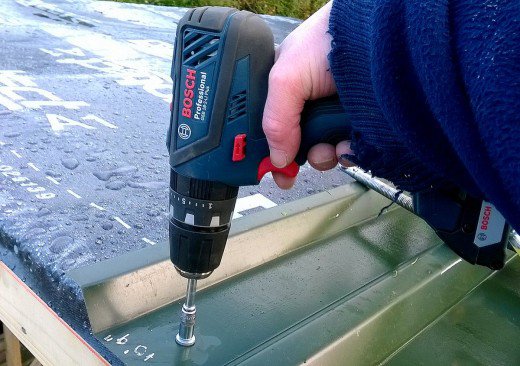


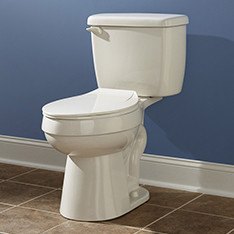
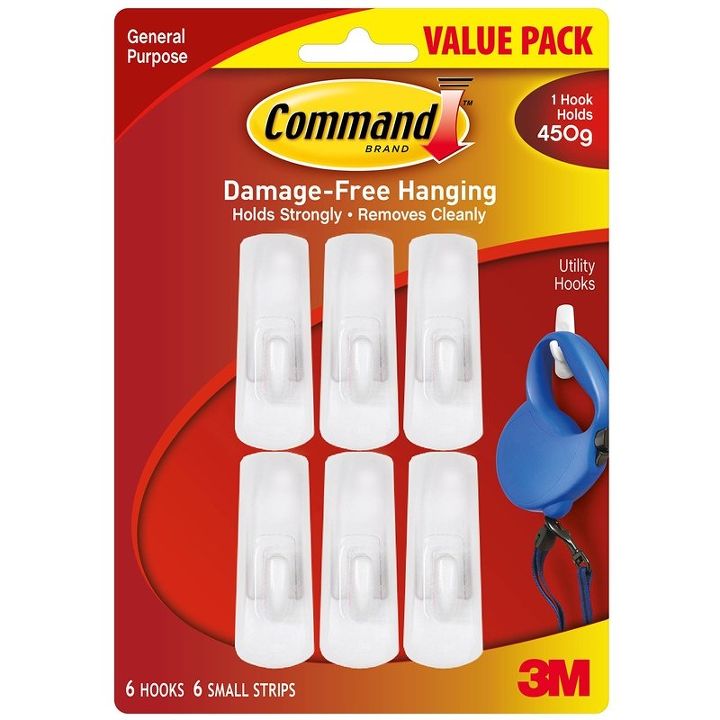
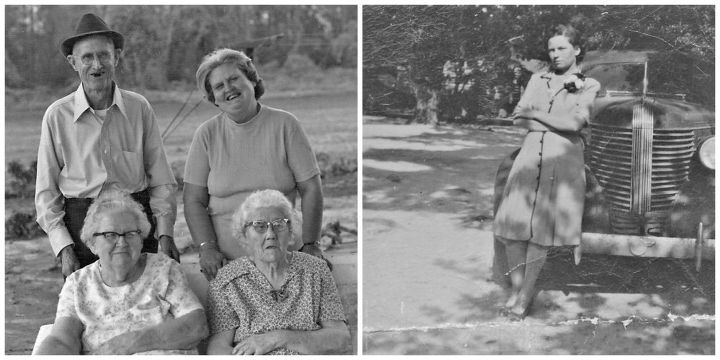
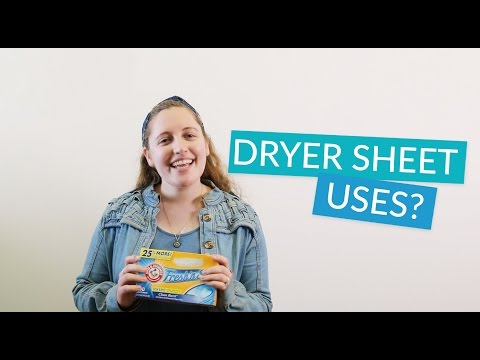
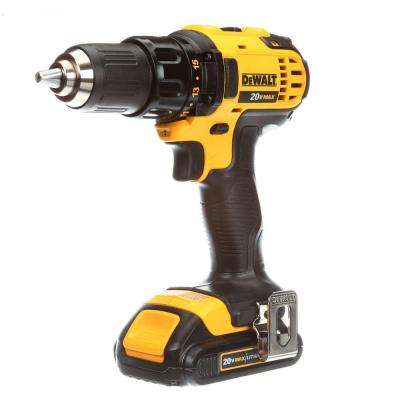
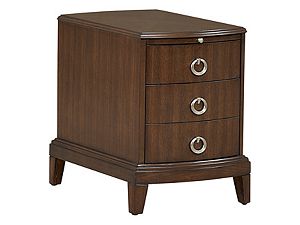

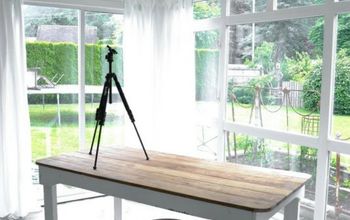
This is SO helpful! Thank you!
This is helpful, but like some department stores and CONTEST people , there are TOO many emails and I unfortunately DO NOT have enough time to read everything.
Super helpfull, Thanks!
Thank you Haysha!
This is incredibly helpful, I'm really excited to have this info. Thank you!!!!!
Really appreciate this info. Many times I want to do a project but I am not sure of the best tools to get. Thank you Eugene!
I would suggest a cordless 18v or higher 3/8 drill ($50 or less) and a cordless "screwdriver" ($25) for simple projects. Then get a good, corded, 3/8 or 1/2" drill for H/D projects (like cutting through the foundation to get that new lawn hose faucet).
I agree with getting a corded drill for concrete breaking. Heavy duty 24 or 36 volt cordless hammers are available and an 18 volt combi cordless drill can drill through concrete (slowly), but you can't beat the power and speed of a corded tool, especially for drilling large holes. An SDS drill like this one has three functions, drill, drill and hammer (for drilling concrete) and hammer only for breaking concrete. The advantages of SDS drill bits are that they can be quickliy inserted/removed and don't slip in the chuck. It's also a good idea to buy a drill with a clutch. If the bit gets stuck (e.g. in rebar), the clutch will slip. These drills are often higher powered/geared to have low speed. So torque can be so high that you won't be able to hold the drill and it can spin out of control if it doesn't have a clutch, wrenching your shoulder and potentially causing an accident.
A cordless drill would be the best investment for a DIYer - unless you're going to build a house. I have a full 7 pce Ryobi drill & saw set, w/2 batteries, the newest
kind that hold a charge for hours. The charger only takes half an hour. Hardly a day goes by when I don't use at least part of the set. By the way, I am retired, do all the fix-it work, plus I do lots of fun stuff with my Ryobi tools. And I am a proud & capable lady.
Good for you In the US most of your homes are of timber construction. Here, houses are generally brick/block/solid concrete. So mains powered drills are much quicker for drilling walls to take wallplugs when stuff needs to be attached onto them.
In the US most of your homes are of timber construction. Here, houses are generally brick/block/solid concrete. So mains powered drills are much quicker for drilling walls to take wallplugs when stuff needs to be attached onto them.
We have both electric and battery powered drills and both have their uses.